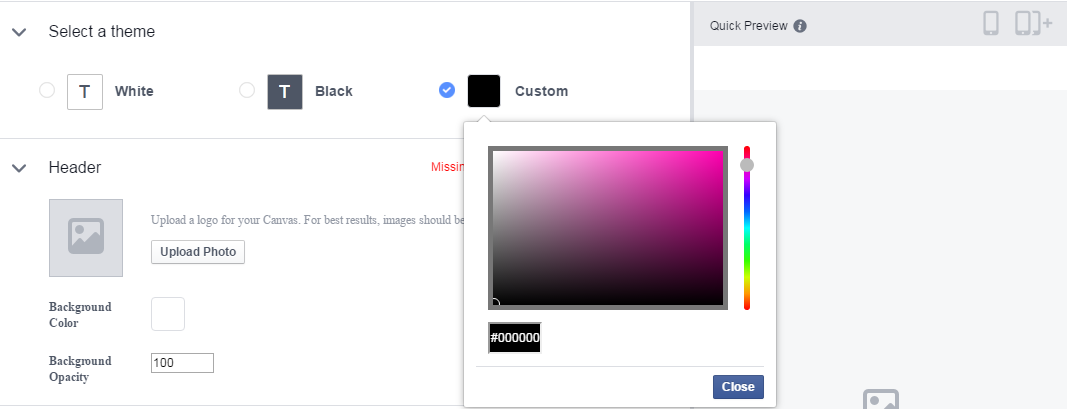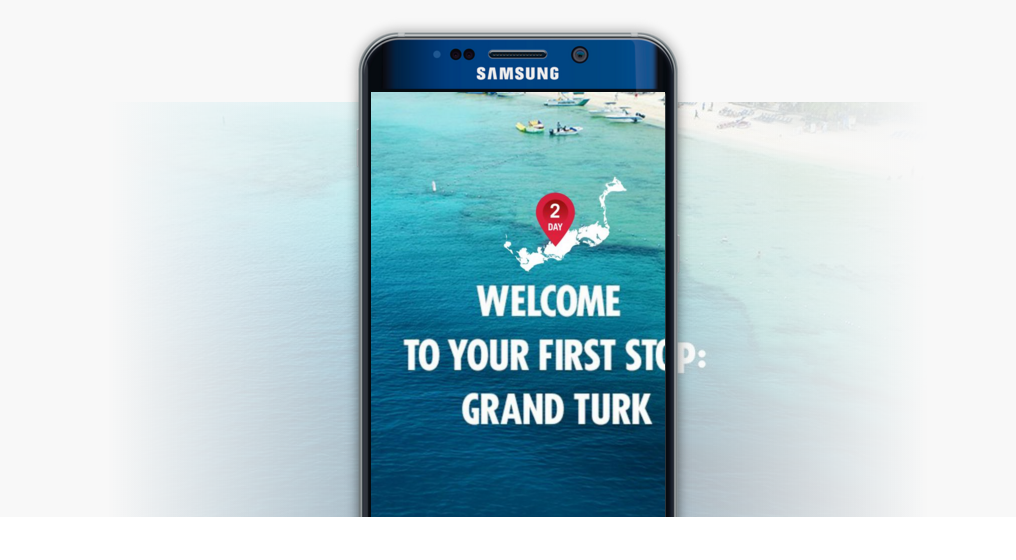When it comes to advertising, Facebook is on a roll. In the past year, the $245 billion social platform has shined bright for advertisers and brands by introducing several new ways for them to reach their audiences. We saw Facebook lead ads generating exactly what the ad type promises, leads. Additionally, Dynamic product ads were introduced in order to allow businesses to promote multiple products to the most relevant people.
In late February, Facebook announced the official release of Canvas, Facebook’s first full-screen ad experience. Brands and advertisers now have the ability to tell compelling stories in a format that works well for mobile consumption. (Oftentimes, clicking on a website link from a carousel or video ad leads to a slow-loading page or a website that isn’t even responsive.)
It is important for both the initial ad and the information that loads after it’s clicked on to spark appeal in the target’s eye. Canvas ads open directly from News Feed on mobile devices (Android and iOS) to reveal a full-screen experience where advertisers can use a mix of video, still images, text, and call-to-action (CTA) buttons to create a beautiful, dynamic ad experience that is highly effective.
Savvy marketers would be wise to give Canvas a try.
How to create a Facebook Canvas ad
As dynamic as Facebook Canvas ads are, they aren’t nearly as difficult to create as they look. Here’s a step-by-step guide:
1. Access Canvas by clicking “Publishing Tools” within your Facebook page, and click “Create.”

2. Next, name your canvas and “Add Components” at the bottom.
Name your canvas by filling out the box at the top where it says “Untitled Canvas.”
On the left, you can add components to build your canvas; and on the right, you can preview your work as you progress.
By default, Facebook provides the option to add a theme, header, and/or photo. However, you can remove any of these option.

You can add any of these additional components to your canvas:

You can select either one or a few of the components, or you can add multiple instances of a single component. Select the components you desire to add to your canvas, and then click “OK.”
3. Select a theme for your canvas and a background color to fill the empty spaces.

4. Next, insert a fixed header that’ll sit at the top of your canvas.

5. Add a video component.

Once you upload your video, you have the option to select “Default” or “Tilt to Pan.”
Selecting default will fit the video on the screen. Choosing tilt to pan will allow you to zoom in and tilt your phone to see other areas of the video.
6. Add a photo to your canvas. (You can add up to 20 of them.)

7. Next, add a minimum of two carousel images to tell a story.

If you select the default option, you can include a link. However, selecting “Tilt to Pan” gives you the option to include an image only.
8. By incorporating text blocks, you can easily organize the information in your canvas and make it easy to scan and read.

9. Finally, add a CTA button.

By adding a CTA button, you can send people viewing your ad to your website.
Important: Make sure to preview your canvas on your mobile phone before you click “Finish”, as there is no way to go back and edit your canvas afterwards.
Facebook offers very specific design requirements for each of the components. Make sure you have all the specs correct before uploading your canvas.
You’ve created your first Canvas — what’s next? Create a campaign with a website click or website conversion objective. On the ad set level, make sure only “Mobile News Feed” is selected. While creating your ad, choose the “Canvas” option, and select the canvas you just created.
Below are some of the well-known brands that have dipped their toes into advertising with Facebook Canvas.
Which brands have used Facebook Canvas Ads?
Here are some of the well-known brands that have dipped their toes into advertising with Facebook Canvas:

L’Occitane en Provence, a natural skincare and fragrance products brand, used Canvas to increase their brand affinity and ultimately drive traffic to their e-commerce website. They were successful in their endeavor, and reached an audience of more than 2.3 million people, increased their ad recall by 11% (compared to link ads), and generated an overall engagement of 34 seconds.

Maddie Smith, Managing Director of L’Occitane in USA, stated that “Canvas gave us a great opportunity to tell the rich story behind our brand and products while still driving conversions during the key holiday gifting period.”
Carnival Cruise Line used Canvas to increase brand consideration and engagement. The exotic cruise line ended up reaching 7.7 million people, and 50% of viewers watched the entire ad.

Stephanie Leavitt, Director of Social Media & Branded Content at Carnival Cruise Line, said this about the ad campaign: “The immersive Canvas allowed Carnival to illustrate the multifaceted experience a cruise can be. Facebook viewers set sail, snorkeled alongside tropical fish, relaxed on a Caribbean beach, and took in the sight of a sunset at sea, all without leaving the Facebook app.”
Another member of the team at Carnival Cruise Line said this about experience with Canvas: “Facebook’s sophisticated targeting capabilities allowed us to reach specific audiences. That, combined with the immersive nature of Canvas, created a unique opportunity to enrich our digital media presence”.
What are the benefits of Facebook Canvas Ads?
Facebook Canvas provides an all-in-one immersive ad experience, allowing brands and advertisers to achieve any objective with complete creative control. With a single Canvas, brands and advertisers have the ability to increase brand awareness, showcase products, and promote a video — all in one full-screen ad experience.
With the presentation of a canvas on Facebook, users are able to swipe through a carousel of images, tilt their mobile phones for a panoramic view, or zoom into images for detail. Canvas leverages the same technology that’s used to display photos and play videos in the Facebook app, so it’s guaranteed that the new ad format will provide a fast-loading, seamless user experience on both Android and iOS devices.
If you want to know what else I think is of interest in 140 characters or less, please follow me on Twitter at http://twitter.com/erikpenn.
